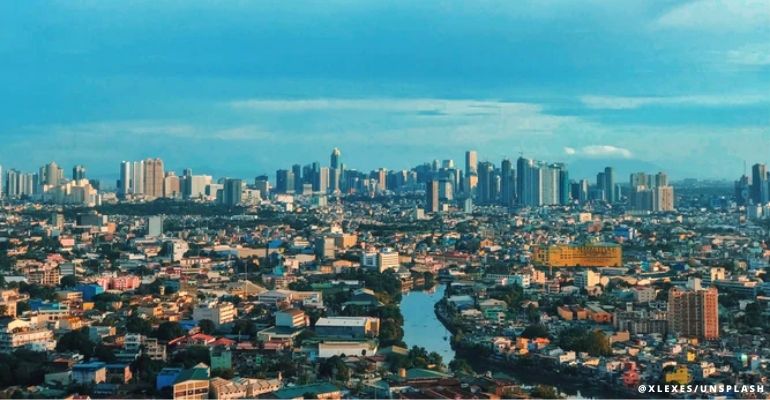Travel only when necessary to avoid contracting COVID-19 and/or its highly contagious variants
Metro Manila has shifted to the modified enhanced community quarantine (MECQ) classification starting August 21 to 31, 2021, which means essential travel is allowed.
The National Capital Region (NCR) and the province of Laguna are also under MECQ until August 31.
Under Section 7(2)(a) of the Omnibus Guidelines on the Implementation of Community Quarantine, only Authorized Persons Outside their Residences (APOR) will be allowed to travel into and out of NCR.
Minimum travel requirements
Listed below are the minimum requirements travelers must secure prior to traveling to the capital:
A locally stranded individual (LSI) must present at least one valid identification card (ID). In addition, the local government may also require a Travel Pass-through Permit (TPP) generated via S-PaSS. (READ: See here how to register to DOST’s S-PaSS and get travel requirements)
Meanwhile, returning overseas Filipino (ROF) must accomplish a certificate and medical test result (RT-PCR) from the Bureau of Quarantine and any valid ID as proof of residence.
Traveling APOR must present their company-issued ID or Employment Certificate, and the TPP generated via S-PaSS. Under the Omnibus Guidelines as of May 20, 2021, the following are classified as APOR:
- Health and emergency frontline services and uniformed personnel;
- Government officials and employees on official travel;
- Duly authorized humanitarian assistance actors (HAAs), especially those transporting medical supplies and laboratory specimens related to COVID-19, and other relief and humanitarian assistance;
- Persons traveling for medical or humanitarian reasons;
- Persons going to and from the airport;
- Anyone crossing the zones for work or business permitted in the zone of destination, or activities as may be authorized by the IATF, and going back home;
- Public utility vehicle (PUV) operators.
All travelers are also advised to download and register to the Staysafe App to generate their quick response (QR) code, a contact tracing system used upon entering establishments within the capital. This app features COVID-19 updates and LIVE scanning, along with App User Assistance, Logbook, QR code, QR scanner, and Emergency Hotlines. You can also update your health status by selecting the ‘Update’ button. (READ: Here’s how to register and use Staysafe PH)
For the latest advice, information, and resources, visit:
- https://ncr.dilg.gov.ph/home/riatf-ncr-issuances/
- https://www.covid19.gov.ph/
- https://www.facebook.com/dilgncr/
Requirements are subject to change by the issuing local government authority.
– WhatALife.ph
Also Read: Traveling to the Philippines? Here’s a Guide for Inbound Passengers 2021

Leave a Reply